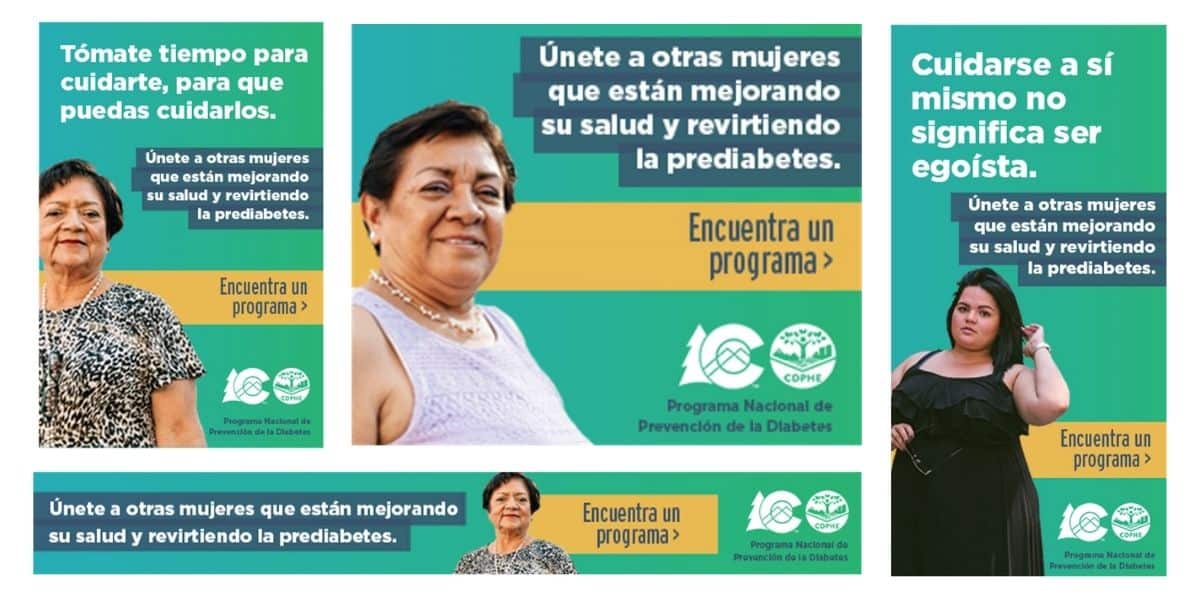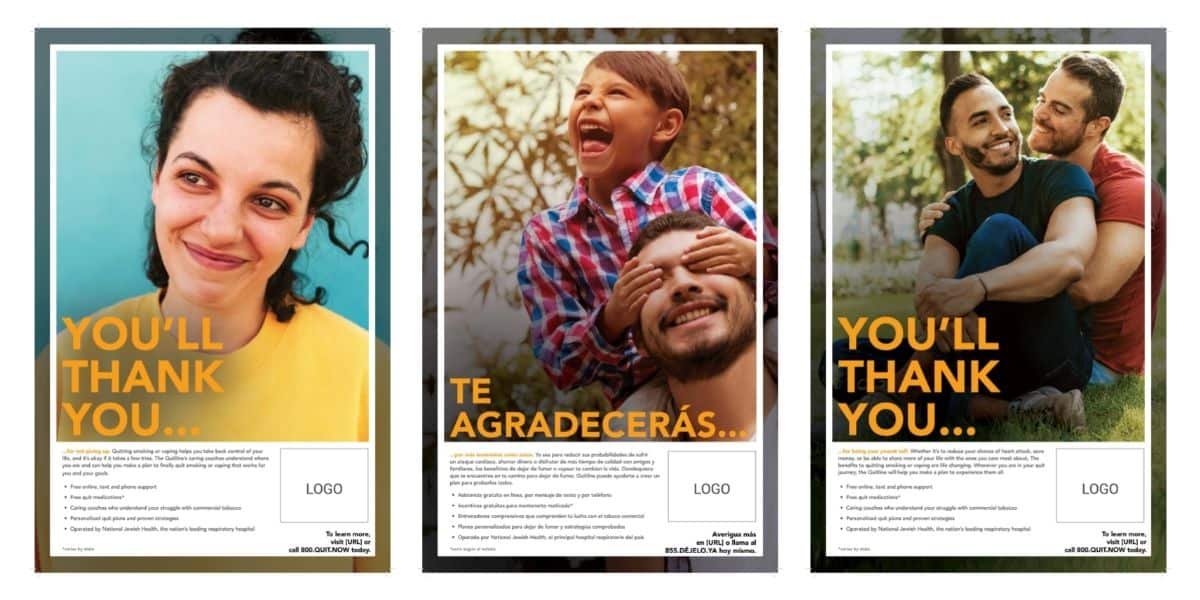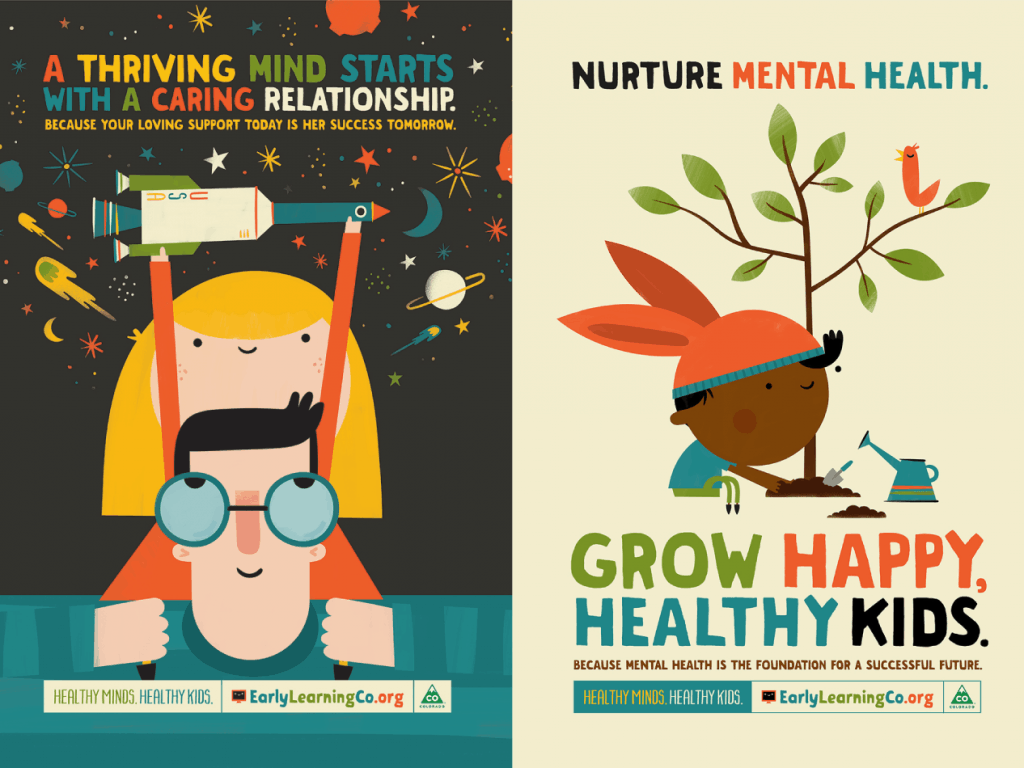
Trend Two: Dissolving Traditional Gender Identities
Facebook’s global content strategist and its director of insights marketing presented proprietary research it conducted on its user base to identify and understand how its two billion users’ beliefs, attitudes and behaviors are changing, and what that means for communicators in the year 2020.
You can see all of the trends in its full report, Shifts for 2020: Blurring Boundaries. What we found most interesting for communicators was its finding that traditional gender identities are dissolving.
“Omni-cultural identities”
This sub-trend is happening within the larger trend Facebook called “Omni-cultural identities”:
 As technology exposes people to more perspectives and allows people to explore more multifaceted identities, many will reject traditional boundaries. Instead, people will increasingly embrace more personalized, complex and fluid means of self-identifying. While these changes—in areas like gender, parenting and cultural and linguistic belonging—have been building over time, in the coming years, expect them to go from niche to norm.
As technology exposes people to more perspectives and allows people to explore more multifaceted identities, many will reject traditional boundaries. Instead, people will increasingly embrace more personalized, complex and fluid means of self-identifying. While these changes—in areas like gender, parenting and cultural and linguistic belonging—have been building over time, in the coming years, expect them to go from niche to norm.
We have seen this firsthand in our work with the Colorado Department of Public Health and Environment. Our interviews and focus groups with youth continually surface the insight that gender doesn’t matter to them and all gender identities are welcome and increasingly accepted.
Certainly this trend is more prevalent in the Millennial and Gen-Z population. As these groups gain in power and influence, it will increasingly affect how you communicate. By 2020 alone, Millennials will make up half of the workforce – so the change is coming faster than you may think.
So what does this mean for your organization?
- Rethink targeting. Organizations that start their targeting with the binary choice of man vs. woman and refine targeting from there, could be missing a growing swath of their audience – particularly if they are targeting youth and young adults.
- Think about the photos you use and ask yourself: are they too gender binary? Or think about your spokespeople. Do they neatly fit into one of two categories? You may find that more inclusive spokespeople who don’t fit the traditional female/male mold appeal to younger audiences and don’t just support, but actually demonstrate your organization’s commitment to diversity.
< Previous trend: Telling More (and Better) Stories | Next trend: Driving Engagement with Authenticity >





